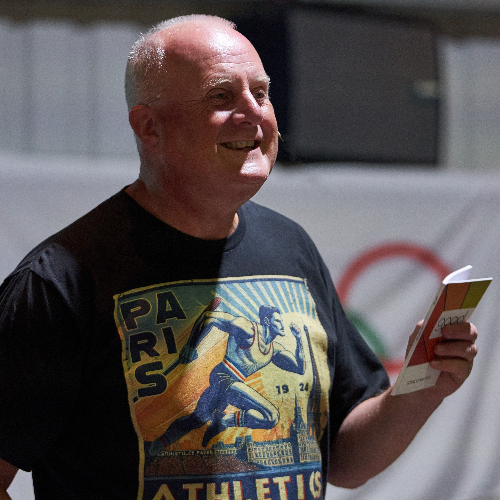-
Jesus Greater Than Melchizedek
Contributed by Gordon Curley on Nov 28, 2017 (message contributor)
Summary: Jesus Greater than Melchizedek. (PowerPoint slides to accompany this talk are available on request - email: gcurley@gcurley.info)
Reading: Hebrews chapter 7 verses 1-28:
• If you were asked to name the 10 most important people in the Old Testament:
• I doubt that Melchizedek's name would be on your list.
• For many Christians he wouldn’t even make the top 50 list;
• And many Christians would not have a clue who he actually was.
He is only mentioned twice in the Old Testament;
• Once, in Genesis chapter 14;
• And in one single verse in Psalm 110 verse 4.
• A total of 5 verses in all;
• Blink and you would miss him!
• Yet the writer of this letter to the Hebrews:
• Was led by the Holy Spirit to reach back into the Old Testament;
• To this unusual character called Melchizedek;
• And to use these two Bible passages to present to us some important truths:
Note: the writer of this letter to the Hebrews:
• Now unlike us Gentiles, these readers who were Jewish converts to Christ;
• Had grown up understanding the priesthood and sacrificial system:
• They know the Old Testament scriptures concerning the priesthood;
• Or they may even have seen it in practice.
• This priesthood of Aaron in the O.T. was still functioning at the time of Jesus;
• And it was still functioning at the time this letter was being read.
Ill:
It was around up until A.D. 70 when the Roman emperor Vespasian (Ves-pas-I-an):
• Sent his son Titus to crush a Jewish rebellion and destroy Jerusalem.
• He besieged the city for five months,
• Eventually, the Roman army breached the walls, slaughtered men, women, and children,
• Demolished the city, and destroyed the temple.
• Ever since the year A.D. 70
• The Jews have not had a temple or a priesthood to serve them since.
But the writer of this letter makes it very clear:
• That this priesthood of Aaron in the Old Testament had been made redundant;
• Long before Titus and his Roman armies destroyed the temple.
• It ended as far as God was concerned one Friday afternoon.
• When Jesus Christ, the Son of God cried from the cross “It is finished”.
• And the curtain in the temple was torn in two;
• From the ‘top to the bottom’ (note: ‘top’ all of God’s doing).
Ever since that moment:
• That the whole Jewish ecclesiastical and sacrificial system:
• Was all completed and fulfilled in Jesus Christ!
• Again and again in this letter;
• The writer explains to these Hebrew Christians how Jesus has done all this.
In teaching his readers the writer of this letter:
• Contrasts the priesthood of Aaron (Old Testament priesthood);
• With the priesthood of Melchizedek.
• And he goes on to show us the superiority of Jesus Christ over Melchizedek;
• He teaches them by presenting various typological ideas:
• Typology is a form, a style, a method of teaching.
Question: What is a ‘type’ or ‘typology’?
Answer:
• A type in the Old Testament was a person, practice or ceremony;
• That has a New Testament counterpart.
Example 1:
• In Numbers chapter 21 The children of Israel were bitten by poisonous snakes;
• God told Moses to set a bronze serpent high on a pole;
• And if those who have been bitten;
• Looked at the serpent they would be healed and live.
• In John chapter 3 verse 14. Jesus said that this incident was a picture (a type) of himself;
• He would be lifted up on a cross; and people who looked to him would be healed of sin.
Example 1:
• Throughout the Old Testament an innocent lamb was sacrificed for guilty people.
• John the Baptist said in John chapter 1 verse 29;
• That this was a picture of Jesus.
• He was the innocent lamb being sacrificed for the sins of the world
Note: Two things to remember concerning types:
(1).
• The type is always imperfect and temporarily;
• Compared to the antitype, which is perfect and eternal.
• e.g. The bronze serpent is no longer set on the pole;
• e.g. Lambs are no longer sacrificed in the temple.
• Now the type may have physically disappeared.
• But the analogy still holds strong;
• The truth still remains:
• e.g. Christ was lifted up and by looking to him we find deliverance.
• So remember the type is always imperfect and temporarily;
• Compared to the antitype, which is perfect and eternal.
(2).
• The type is always limited, it is a frail illustration at best.
• It is only a type of Christ in certain limited aspects.
• e.g. The bronze serpent on the pole;
• The type is only making one basic point.

 Sermon Central
Sermon Central



